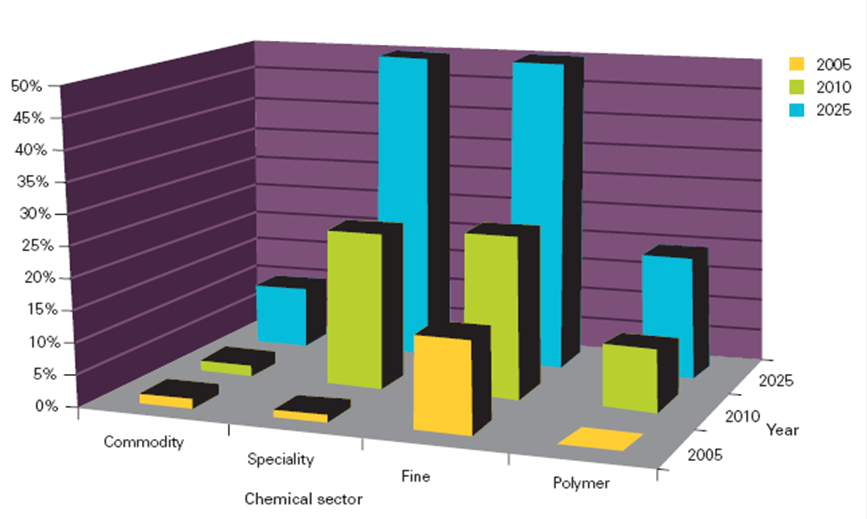Position of the European Starch Industry Association (AAF) on the European Commission’s proposal on Rural Development
The EU starch industry and the bioeconomy
Starch is renewable and biodegradable. As such it is a well-suited raw material for the sustainable use of agricultural products in the bio-based industry. For the last 30 years, the EU starch industry has been producing bio-based products that are used as raw materials, generally replacing fossil-fuel-based ingredients, in the fermentation, chemical, cosmetics, textile, paper, plastics and detergent industries. The EU starch industry makes considerable investments in Research and Development (over 100 million Euros annually), most of it in the development of bio-based products. In addition, producing bio-based products in integrated bio-refineries brings economic, environmental and social benefits and improves EU sustainable industrial production.
The role of the bio-based products as alternatives to fossil-fuel counterparts, and their importance in developing a sustainable economy based on renewable materials in Europe, has been recognised in the EU 2020 strategy and its focus on the bioeconomy, as well as initiatives such as the Lead Market Initiative on bio-based products (November 2009 report) and the European Commission Communication of February 2012 on a Bioeconomy for Europe and its associated Bioeconomy Action Plan.
AAF feels that these initiatives provide the framework for a strong policy basis for developing the bioeconomy and thus wishes to pro-actively contribute to their implementation for example, through our participation in the work of CEN and national standardisation bodies on bio-based standards. The proposals outlined in the Bioeconomy for Europe to support through public policies the development and deployment of a bioeconomy, need to be put in place rapidly for Europe to remain competitive compared to other countries investing massively in developing new outlets for their biomass (e.g. US, Brazil, Asia).
The EU already benefits from strong assets to realise the full potential of its bioeconomy: the significant presence of the enzyme industry, the experience of the EU industries in manufacturing bio-specialties; the presence of a strong chemical infrastructure and the availability of renewable resources processed by well-established agro-industries such as the starch sector. And the market prospects aligned to 2025 are very encouraging.
Source: Chart 1 on page 11 of the Lead Market Initiative on bio-based products
The European Commission proposal on Rural Development
The European Commission proposal on rural development represents a good opportunity to contribute to the implementation of a coherent and integrated EU approach on the bioeconomy. In this respect, AAF welcomes the inclusion of the bioeconomy among the proposed priorities for EU rural development (Article 5(5) of the EC proposal on rural development).
The future CAP can be crucial for the emergence of the EU’s bioeconomy as a way to:
- promote economic development (‘green growth’);
- increase employment opportunities in rural areas;
- increase resource efficiency and mitigate climate change;
- mitigate the impacts for farmers of extreme agricultural market volatility.
However, AAF calls for a more outspoken and efficient support to the bioeconomy in the European Commission proposal on Rural Development, and in particular with regard to the following aspects:
1. Raw material availability is the main concern of the EU starch industry, which must secure its supply of agricultural raw materials (mainly maize, wheat, and starch potatoes) of good quality, in sufficient quantities and at a competitive price for all its food and non-food activities.
2. AAF notes that the possibility to provide rural funds to non-agricultural activities in rural areas (article 20) is limited to farmers, micro- and small-enterprises. In order to create real bioeconomy clusters amongst primary processing factories/biorefineries, AAF believes that all enterprises should be eligible to receive rural funds to non-agricultural activities. Indeed, non-agricultural activities create new outlets for farmers and promote the diversification of rural areas.
3. AAF requests specific funding support, in connection with the European Innovation Partnership for Agriculture, for projects involving research and development of innovative technologies and processing techniques in order to manufacture sustainable products based on agricultural raw materials.
4. AAF encourages the EU to extend the “cooperation approaches” to bioeconomy demonstrators and pilot plants to bridge the gap between research and market (article 36).


